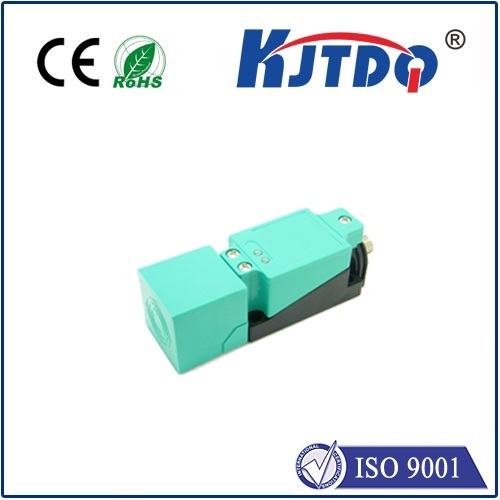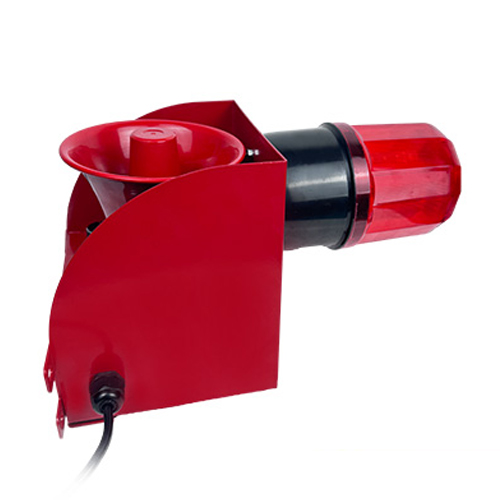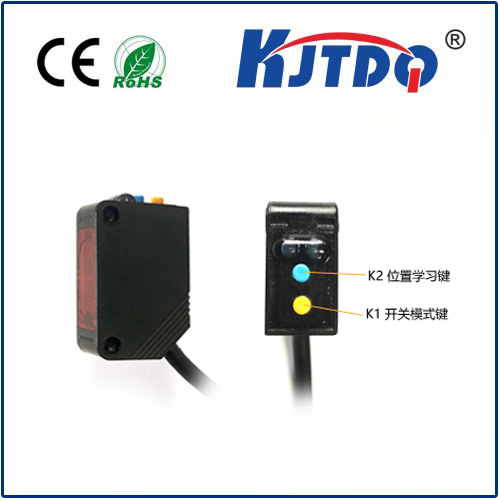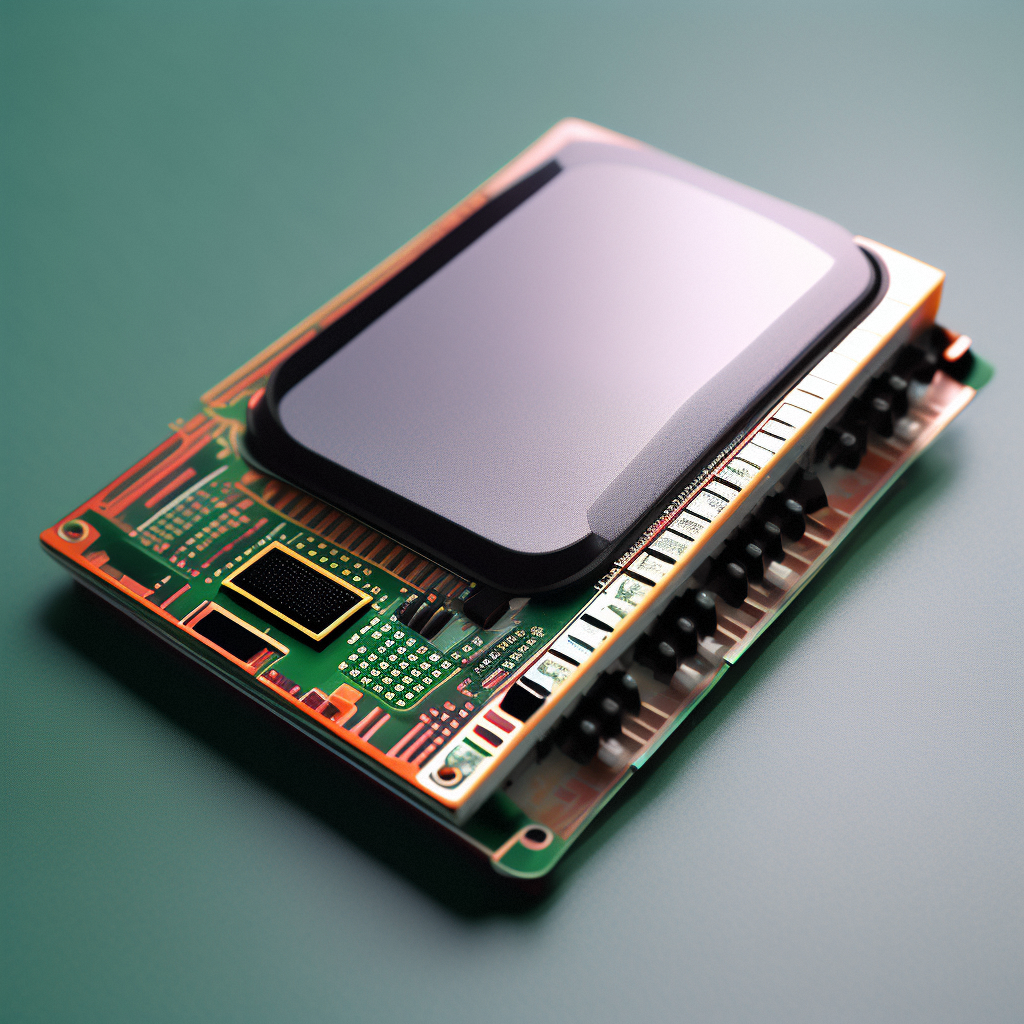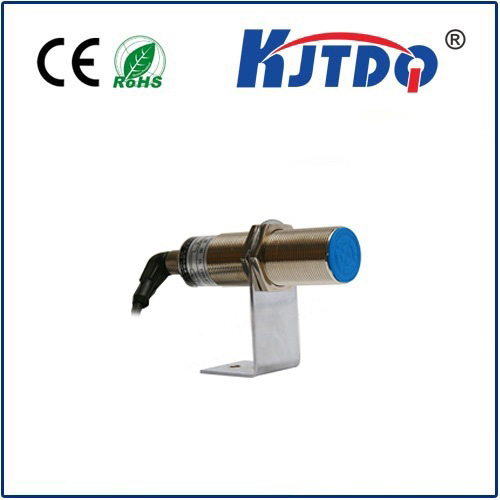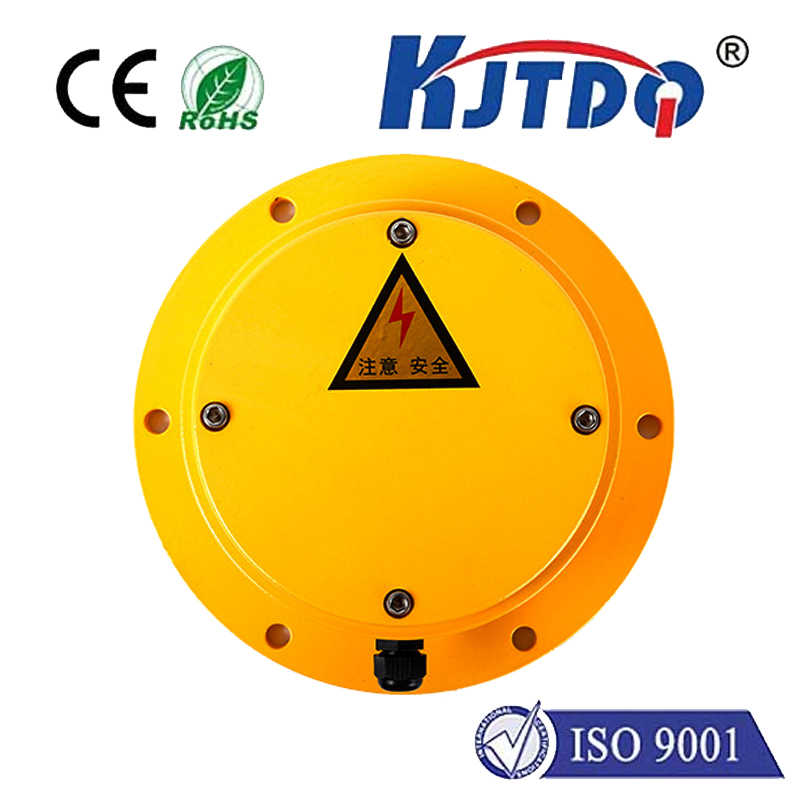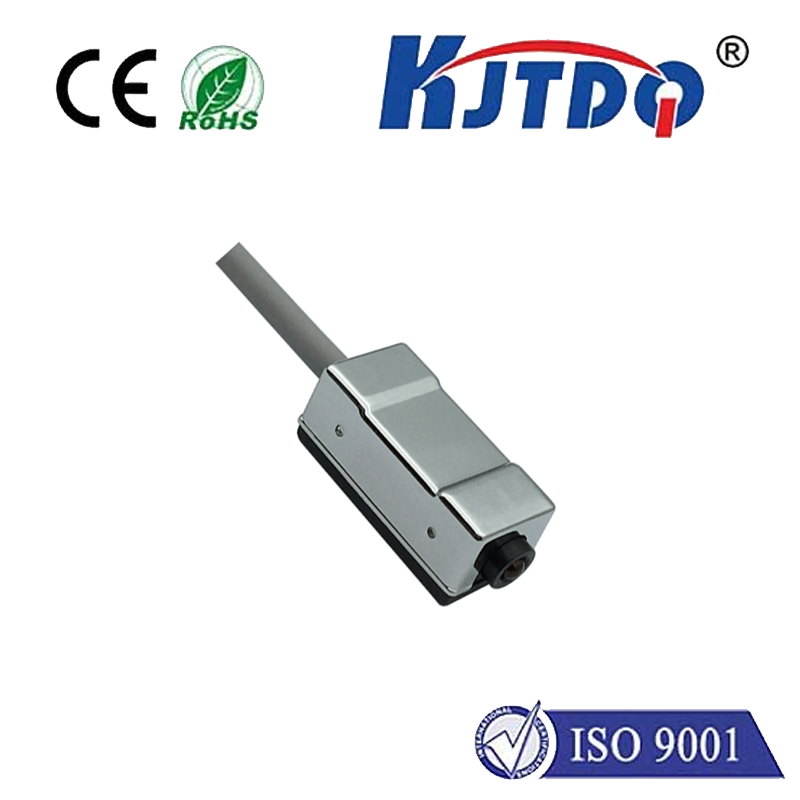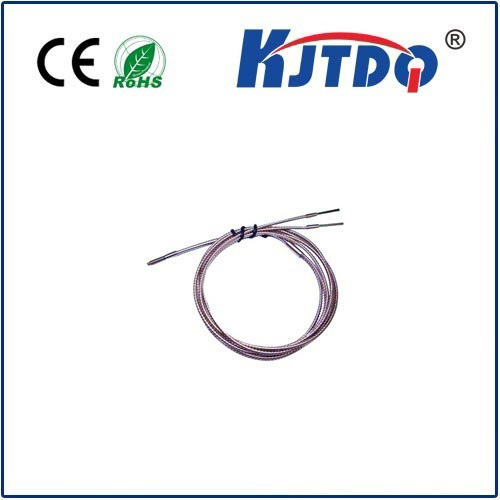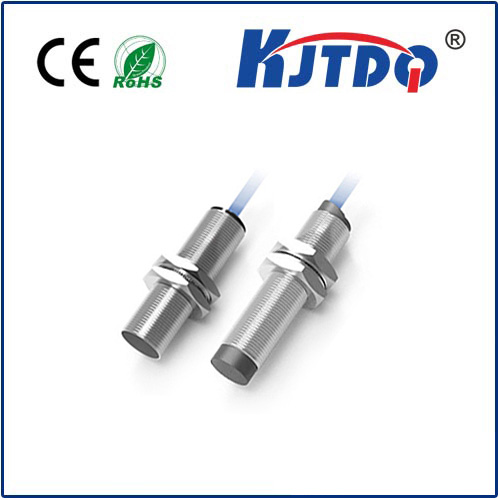быстродействующий ограничитель
- time:2025-08-08 00:00:07
- Нажмите:0
Precision in Motion: The Essential Role of Snap Action Limit Switches in Modern Automation
In the intricate ballet of modern machinery, where precision and reliability are non-negotiable, countless critical functions rely on a seemingly simple component: the быстродействующий ограничитель. Imagine a robotic arm on an assembly line, moving at blistering speed. How does it know precisely when to stop before overextending? Or how does a protective guard door instantly halt a powerful machine when opened? The быстродействующий ограничитель, operating quietly in the background, is often the hero safeguarding both equipment and personnel.
Understanding the Snap Action Core
At its heart, a быстродействующий ограничитель is an electromechanical device specifically engineered to detect the physical presence or absence of an object within a defined range. What sets it apart is its unique snap action mechanism. Unlike standard switches where contacts might slowly approach or bounce during movement, the snap-action design ensures a rapid, decisive transition of its electrical contacts when activated, typically by a plunger, lever arm, or roller. This mechanism employs a spring-loaded over-center toggle principle: once the actuating force surpasses a precise threshold (the operating point), the stored spring energy is instantly released, causing the contacts to snap open or closed with minimal hesitation.
This lightning-fast switching action delivers several crucial advantages:

- Ultra-Reliable Signal: Eliminates contact bounce, ensuring a clean, unambiguous electrical signal. This is vital for digital controllers expecting a single, crisp transition to signify a position (e.g., “At Home,” “Door Closed,” “End of Travel”).
- Consistent Performance: The snap action ensures the operating point remains highly repeatable, regardless of the speed at which the actuator approaches it. This precision positioning is fundamental for accuracy in automation.
- Enhanced Lifespan: By minimizing arcing during contact transition, the snap mechanism significantly extends the electrical life of the contacts, even under frequent cycling. Long operational life is critical for reducing maintenance and downtime.
- Versatile Actuation: Snap switches readily adapt to various physical triggers – levers for long reach, rollers for moving cams or surfaces, plungers for direct contact, and whiskers for detecting fragile items. Robust design allows for use in demanding industrial settings.
Where Precision Meets Practicality: Key Applications
The быстродействующий ограничитель finds indispensable roles across diverse sectors demanding robust position sensing and safety interlocks:
- Industrial Automation & Machinery: Position verification on CNC machines, robotic arms (end-of-axis limits), conveyors (detecting jams or end positions), packaging lines (detecting carton presence), and presses (guarding interlocks). Machine safety often relies on these switches to immediately halt operations if guards are breached.
- Material Handling & Conveyors: Detecting objects overflow, end-of-track positions, pallet presence, lift tables, and automated storage/retrieval systems (AS/RS) for precise load positioning. Reliable feedback ensures smooth logistics operation.
- Elevators & Escalators: Critical for defining precise floor levels, detecting landing door status (open/closed), and triggering emergency stops. Passenger safety is directly linked to their reliable function.
- Agricultural & Construction Equipment: Used for detecting implement positions (e.g., combine headers, tractor hitches), boom limits, and safeguarding access doors on heavy machinery. Durability in harsh environments is essential.
- Medical Equipment: Ensuring precise movement limits in diagnostic scanners (MRI, CT), surgical robots, patient lifts, and adjustable beds. High precision and reliability are paramount here.
- Vehicles & Transportation: Defining positions in actuators (e.g., power windows, sunroofs, seat adjusters), detecting hood/trunk closure, and safety interlocks on access panels.
Selecting the Right Switch: Critical Considerations
Choosing the optimal быстродействующий ограничитель goes beyond just recognizing the need. Key factors include:
- Environment: Will it face extreme temperatures, moisture, dust, oils, chemicals, or washdown conditions? Selecting housings with appropriate IP ratings (Ingress Protection) is crucial for longevity.
- Electrical Requirements: Matching the switch’s contact rating (voltage and current) to the load is non-negotiable. Whether controlling a tiny PLC input or a solenoid directly, correct electrical matching prevents premature failure.
- Actuation Type & Force: The shape (lever, roller, plunger), length/stiffness of the lever, and required operating force must suit the physical interaction with the target object or machine part.
- Mechanical Life Expectancy: How many cycles will the switch endure? Rated mechanical life differs significantly between models.
- Mounting Constraints: Physical space and orientation dictate the switch’s dimensions and mounting style (e.g., screw terminals, plug connectors).
- Safety Criticality: For safety interlock applications, certified switches meeting specific standards (like ISO 13849) might be mandatory. Functional safety requires verified components.
Ensuring Long-Term Reliability
While snap action switches are inherently robust, ensuring longevity requires attention:
- Proper Alignment & Installation: Misaligned actuators can cause binding or premature wear. Follow manufacturer guidelines.
- Avoid Over-Travel: While designed to withstand some force beyond the operating point, excessive over-travel can damage the mechanism. Use mechanical stops if necessary.
- Environmental Protection: Ensure seals remain intact and housings are appropriate for the environment. Regular visual inspections catch early issues.
- Avoid Contaminants: Keep grease, metal shavings, and other debris away from the actuating mechanism and contacts.
The Unseen Guardian
Often operating unnoticed, the быстродействующий ограничитель is a fundamental engineering component enabling the precision, efficiency, and critical safety functions we rely on in modern technology. Its unique snap mechanism provides the unwavering reliability and clean signal demanded by sophisticated control systems. From the factory floor to the hospital ward, ensuring smooth motion and preventing catastrophe often starts with the decisive snap of this vital switch. Understanding its capabilities and selecting, installing, and maintaining it correctly are essential steps in building and operating reliable, safe, and productive automated systems.

